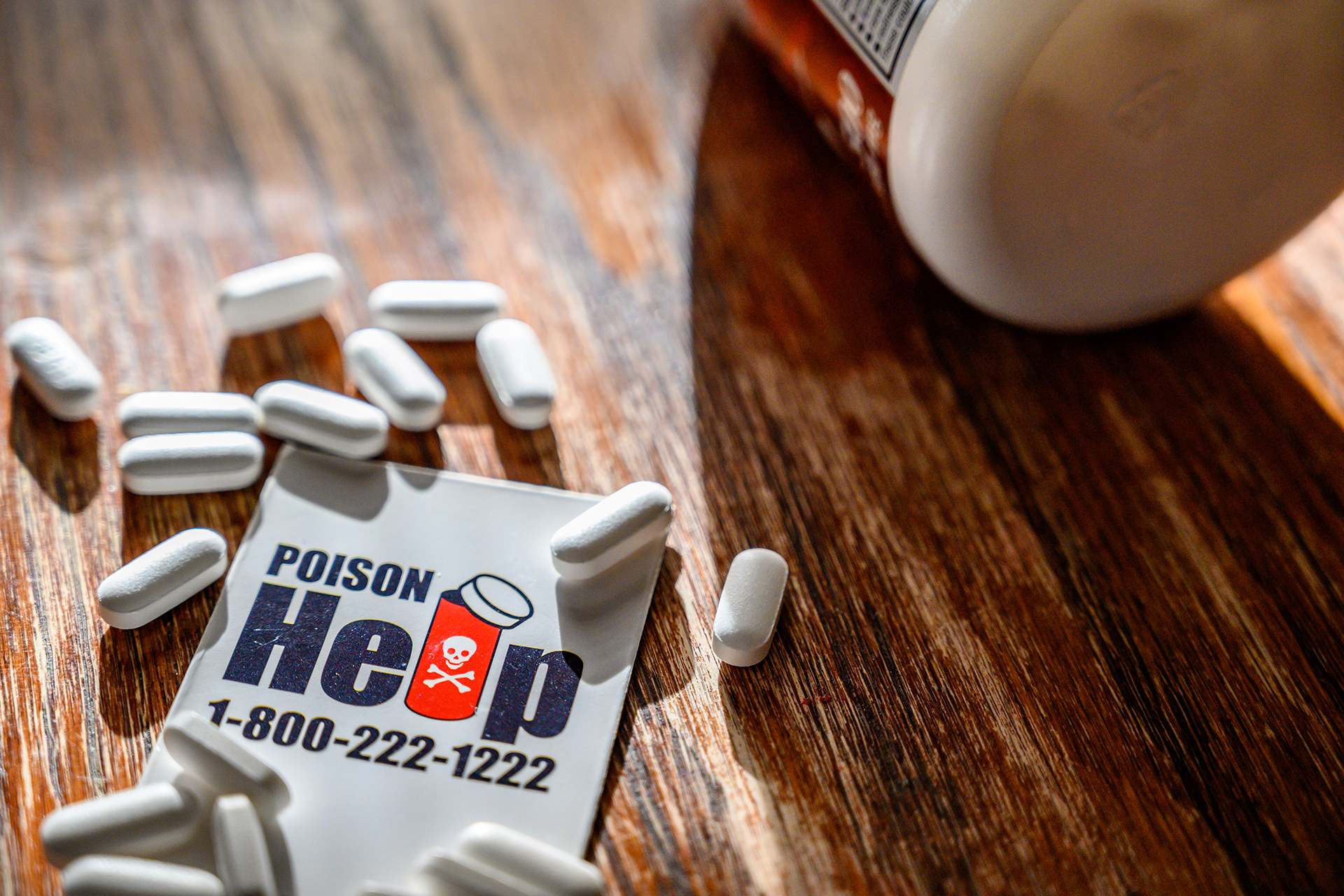
Kids are super curious! They love to explore the world around them using all their senses – seeing, smelling, touching, and even tasting. Sometimes kids eat, smell, or touch something that’s not safe for them, and this can lead to accidents like poisoning.
To help prevent accidental poisoning, make sure your home is a safe space for kids. That means every room, bathroom, kitchen, and outside areas like the garage and yard. Start by focusing on one area at a time, fix dangerous environments and put away anything harmful where kids can’t get to it.

